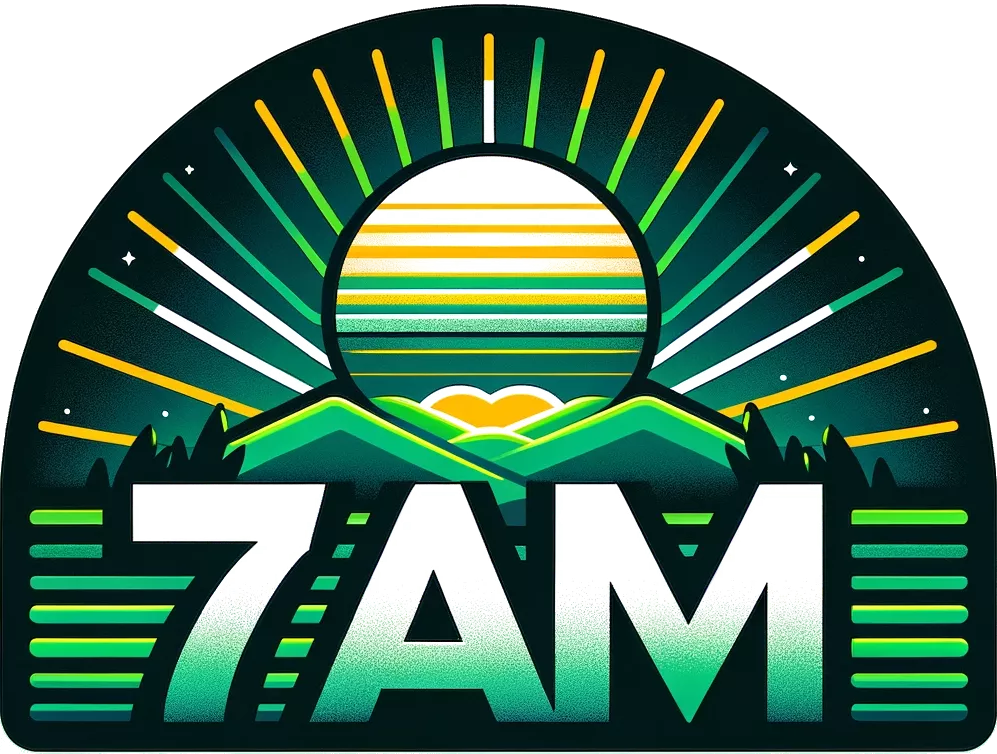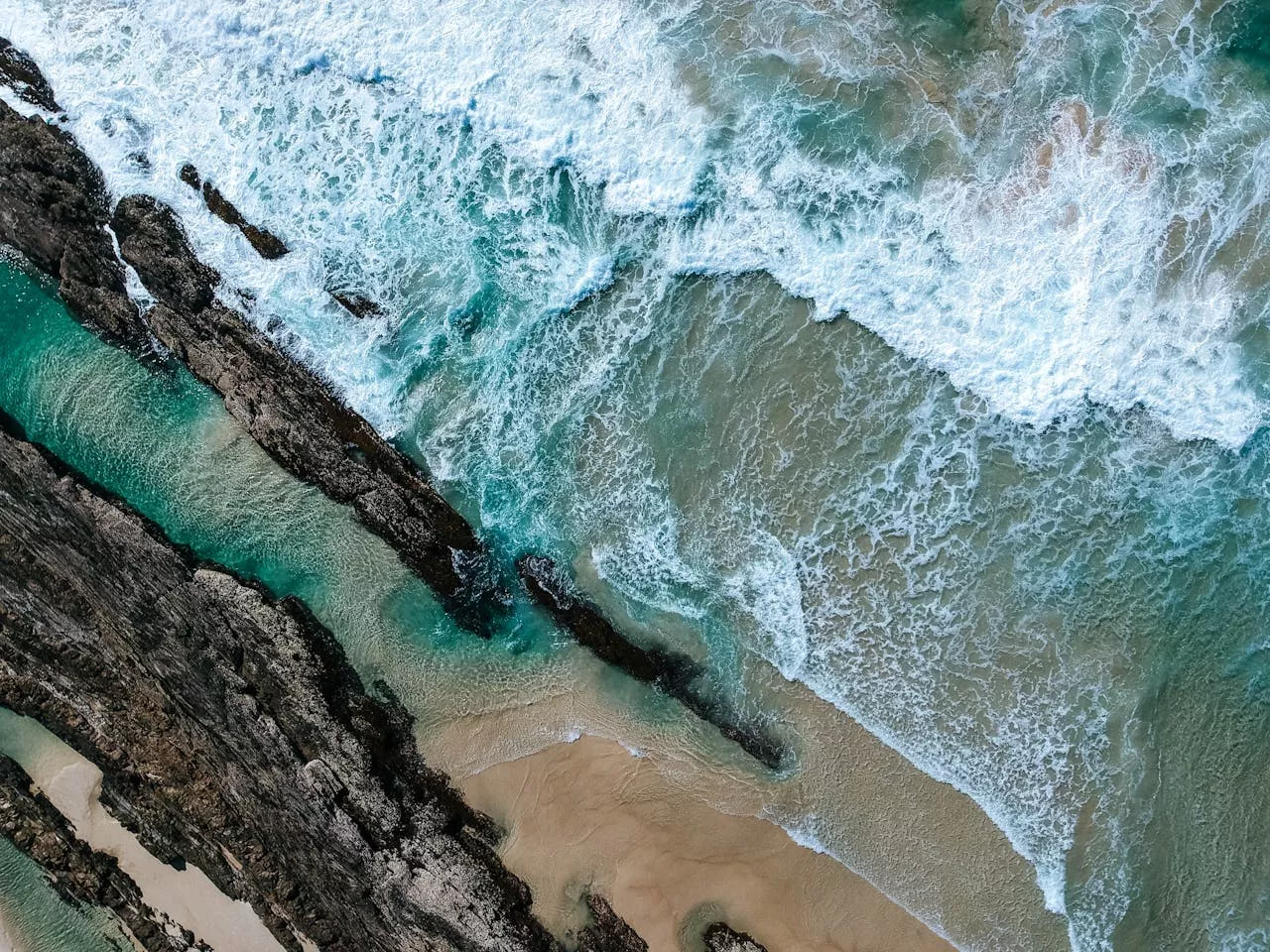We all know that the Kruger National Park is South Africa’s only place where the natural beauty of the country’s landscape can be appreciated in its entirety. Aside from the breathtaking landscapes and diverse animal life found throughout the reserve, Kruger Park is home to several lodges that can cater to a wide range of preferences and celebrations.
Many South Africans have visited the park, but believe it or not, many haven’t yet! As a result, there are still a few of us out there that would like to know what animal life Kruger Park has to offer. We are here to provide a helpful guide to the wildlife that can be found here.
The Layout Of Kruger Park
It is divided into two sections, each distinguished not only by geography but also by the types of species most commonly found there. During the dry season, visitors to the south can expect to see plains resembling savannas, dotted with acacia trees and flowing yellow grass. The majority of tourists and locals choose to visit this area because of its abundance of wildlife. Those seeking an authentic, unrestricted Kruger experience should head to the park’s north, where verdant vegetation, infrequent vehicle sightings, and peace await. However, one thing is certain: whether you visit Kruger Park’s northern or southern sections (although we recommend visiting both!), you will undoubtedly see animals.
The best time to visit Kruger National Park is after the hot summers and before the fall rains; specifically, between June and September is when you should travel if you want to have the best chance of seeing everything the park has to offer. Furthermore, the best times to see animals on safari are either very early in the morning or very late in the evening.
The Rare Rhinoceros
Because these amazing animals are so rare, coming across one is always an unforgettable experience. Although white rhinos are far more common than the critically endangered black rhino, both species are under threat from a variety of factors. Given the alarmingly high rates of extinction for both black and white rhinos, the chance to see one of these wondrous animals in their natural habitat is a gift in itself.
Where Can You Find Rhinoceros in Kruger National Park?
Because black and white rhinos prefer to eat leaves and lush grass, they are most commonly seen in dense bushes and thorny thickets. This is because these foods are found in these types of environments. They, like the majority of the other animals in the Kruger, prefer to stay near drinking holes because it is more convenient for them.

Leopard Sighting Are A Must
The leopard is the most solitary of Africa’s large cats, but most regard it as the most beautiful. Many people’s hopes when going on safari revolve around the possibility of seeing one of these elusive big cats. You might miss the timid leopard as it creeps through the trees toward its prey if you look too quickly. This magnificent big cat, which moves as fluidly as water and is a sight you will remember long after your safari is over, is an experience that the vast majority of people will only have a few times in their lives.
Where in the Kruger National Park Can You Expect to See a Leopard?
Leopards prefer to live in forested areas with plenty of tall trees where they can hide and rest, as well as areas with rivers where they can cool off and hunt their prey. They prefer to stay in areas where fewer people are looking at them and automobiles driving by because they are so difficult to find (there are only 1,000 of these creatures in Kruger Park!). Because of the large number of leopards that live there, the Sabi Sands Game Reserve is well-known for its high seeding rates.

The Notorious African Elephant
The African elephant is the world’s largest terrestrial mammal, weighing up to 7 tons when fully grown. These gentle giants have erratic manners and a sense of serenity that can be both reassuring and unsettling, making them both enchanting and terrifying. It is not surprising that many safari tourists and locals have them on their list of things to see before they die because they are such a beautiful sight to behold. Whether you see a single bull or an entire herd (with children in tow!), seeing an elephant will undoubtedly make the rest of your day more enjoyable.
Where Are the Best Places to See Elephants in Kruger?
The southern part of Kruger National Park has the greatest concentration of Mopane Trees, which serve as a favorite snack for the elephants that live there. Having said that, they do enjoy the occasional Acacia snack and aren’t picky about what they eat. They are content elliies as long as they have plenty of food and access to drinking holes. Sightings are plentiful wherever you go, but the Kapama Private Game Reserve, located between the Blyde River Valley and the Kruger National Park, is one of the most memorable places in the Greater Kruger area to observe ellies.

Hyena Sightings
One of the best things about spotted hyenas is that they can be found anywhere in Kruger National Park. There is no such thing as a “full” safari until you’ve fallen asleep to the hyena’s laugh-like whoops. Do not be misled by the fact that they may appear to be lighthearted. These creatures that scavenge for food can be extremely dangerous when they so desire. The most common animal in the Kruger National Park is the spotted hyena, also known as the brown spotted hyena. They can be identified by the polka-dot pattern of brown spots on their coat.
Where Can You Find Spotted Hyenas in the Kruger National Park?
Given that hyenas are almost always found near freshly killed prey, anyone looking for a hyena will almost certainly come across a larger predator at the same time. They are nothing more than opportunists, and as such, they will move throughout the night in search of a dead animal to claim as their own. As a result, they are more likely to be found in areas where there is a chance of seeing lions and leopards.
The Majestic Giraffe
The long-legged giraffe, also known as nature’s supermodel (despite her discomfort), is a truly amazing creature. They are distinguished by their long purple tongues, brown patches, and antler-like horns. Giraffes are slow-moving animals in general, but they can reach incredible speeds when necessary (usually to escape danger!). They eat the newest leaves that are flowering at the tops of trees and large shrubs, and they are usually found in pairs, but they can also be found in groups of three to eight.
Where Can You Find Giraffes in the Kruger National Park?
Giraffes are fairly common in the Kruger National Park and its surrounding private game reserves, so spotting one shouldn’t be too difficult — unless you mistake them for trees and miss them entirely! Having said that, they prefer to congregate in areas near watering holes and with lush vegetation of an appropriate height for them.
The Semi-Aquatic Hippopotamus
Hippos are massive creatures that can stay submerged in water for up to five minutes at a time. Despite their endearing appearances and spherical bodies, hippos are frequently regarded as one of Africa’s most lethal animals. This should not deceive you. It is a mystical sight that you should not miss, whether you want to watch them swim beautifully in the water or waddle out to the coasts to bask in the sun. You might miss them because only their eyes are visible above the water’s surface. If the sky is clear and the sun is shining, you might be lucky and see them grazing around the drinking hole.
Where is the Best Place to See Hippos in Kruger National Park?
Hippos, of course, will congregate near watering holes, dams, and lakes; thus, wherever there is a body of water deep enough for them to submerge, there they will be! Hippo Pool, as the name suggests, is one of the best places in the Kruger National Park to see hippos. It is located near the park’s southern boundary and is a popular destination for visitors.
Spotting a Lion Would Be at the Top of Anyone’s Bucket List
Wherever large herds of wildlife congregate in Kruger National Park, visitors have the best chance of seeing lions. There is no such thing as an exhaustive animal list that excludes the “King of the Jungle.” Lions are considered one of the Big 5 animals for a variety of reasons, including their powerful roar, which can be heard for miles, and their surprisingly large and muscular body. If you are lucky enough to catch a pride of lions while they are hunting a prey animal, you will never forget the experience. A lion lazing around under a tree in the late afternoon is a magical sight in and of itself, but witnessing the pride of lions hunting a prey animal is an experience you will never forget.
Where Can You Find Lions in Kruger National Park?
Lions prefer to congregate in open areas where they have plenty of space to roam and can easily access their prey. They never stray far from a nearby source of water, and they always keep a shaded spot nearby. The lion population will be higher in areas with better, grassier soils and higher rainfall because there are more animals for lions to hunt. If you want to see lions in Kruger National Park, we recommend visiting the private reserves listed below:
- The Sabi Sands Game Reserve is widely regarded as one of Africa’s most reliable lion-spotting destinations.
- The Timbavati Game Reserve, a private reserve, offers the best chance of seeing white lions in Africa. This area was known as “Tsimba Vati” in ancient times, which translates to “location where the star lions fell to Earth.” This traditional name has been anglicized as “Timbavati.”
Zebras
If you go exploring any of the game reserves that our country has to offer, you are likely to see a large number of zebras. Zebras are almost always found in large herds, which frequently include a few wildebeest. The Burchell’s Zebra is indigenous to Kruger National Park and can be identified by the alternating black and white stripes that cover its entire body and gradually fade on the legs.
Where Can You Find Zebras in Kruger National Park?
Although zebras are one of the most commonly seen animals throughout Kruger National Park, they are most commonly seen in the park’s southern sections, which are distinguished by expansive plains and grasslands.
Black-Backed Jackals
These are frequently seen stealing food from lions who have just finished their prey due to their infamous intelligence and audacity. These opportunistic dogs are quick on their feet and think quickly, but they also have a very appealing appearance. True to its name, the black-backed jackal has a dark “saddle” on its back that is speckled with white all over and has the muzzle size of a small fox. Because black-backed jackals are monogamous, they are most likely spending time with their life partner when they are not following animals in the Kruger National Park, such as lions and leopards, in the hopes of stealing a bite of their remaining prey.
Where in Kruger National Park Can You Find a Black-Backed Jackal?
Black-backed jackals almost always stay within a very limited hunting radius due to their strong sense of territoriality. If you saw a black-backed jackal in one area while on a game drive, there is a good chance you will see it again in the surrounding area if you decide to return to that area. They are usually found in the same areas as the larger cats.
The “Royal” Kudu
Male kudus, in particular, have a very beautiful bearing because they walk around wearing their antlers like a crown. They are usually found in the more densely forested areas of the Kruger National Park. Kudu is typically seen browsing their way through dense brush because they are browsers. As a result, they are frequently overlooked when people go on safari. These Kruger animals’ magnificent spiral horns, white-striped “facial paint,” and huge ears (which are frequently used to resemble wide eyes to frighten away food) are all distinguishing features that can be used to identify these animals.
Where Can You Find Kudu in Kruger National Park?
There is a good chance that there will be kudus in an area with a lot of leaves and dense brush. Kudus will travel to these areas specifically to avoid being seen by potential predators. As a result, it is reasonable to expect to see kudu in the areas surrounding the camps, where acacia trees and other similar species dominate the vegetation.
The Magnificent Cheetah
This is one of the animals that you are most likely looking forward to seeing on safari. These magnificent enormous cats are easy to miss if you are not vigilant because they are frequently obscured by the long grass typical of savanna environments, where they prefer to spend their time. Seeing a cheetah in its natural habitat is a breathtaking sight, whether you catch it hunting its prey or simply traveling from one patch of grassland to another. This is an experience you will never forget.
Where is the Best Place to See a Cheetah in Kruger National Park?
The cheetah’s natural habitat consists of vast, open plains with plenty of space to hunt and run. These large cats are most likely to be seen in clearings because they can stay hidden beneath the grass while keeping an eye out for prey.
The Unpredictable Buffalo
The Big 5’s unpredictable members are thought to be some of the most lethal animals on the planet, even though they do not appear to be so based on appearance alone. Cape buffaloes, despite their cow-like appearance, are not domesticated animals. Because of the size of their horns, incredible weight, and incredible speed, these Kruger creatures have a low number of potential predators.
Where Can You Find Buffalo in Kruger National Park?
Visitors are likely to encounter a herd of these large mammals at some point during their stay. The majority of buffalo, however, can be found in the park’s southern region. We as South Africans often refer to lone male buffalo as “Dagga Boys” when they are present because these buffalo are widely regarded as being extremely hostile.
The Animated Vervet Monkey
These vivacious primates are known to interact with one another and can be seen frequently in the Kruger. Because they are so playful, these curious primates are more likely to come to you rather than you coming to them. Vervet monkeys are distinguished by their grey bodies and black faces. They are notorious for wreaking havoc wherever they go due to their sociable nature. Having said that, their witty nature ensures that whatever they put on screen is a joy to watch.
Where Can You Find Vervet Money in the Kruger National Park?
Finding milk on a dairy farm is akin to discovering a vervet monkey in Kruger Park. Wonderful news for monkey fans: if you go on a safari here, you will almost certainly see a large number of these animals.
Source:www.go2africa.com




